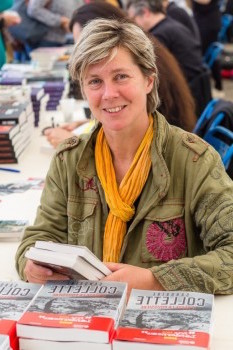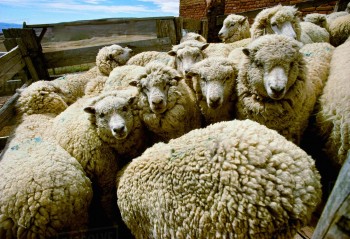Note: Originally published in 1942, and considered one of the best of the eighty Perry Mason mysteries published by Erle Stanley Gardner, this new edition will be released by American Mystery Classics on March 5, 2019. It may be pre-ordered now.
“That’s the most careless damn kitten I ever saw in my life. He ain’t got sense enough to be afraid of anything. He’ll run and butt his head up against a wall if he happens to be chasing something or get on the back of a chair and fall down on his head. He’s just awful careless. Either ain’t got good sense, or don’t know enough to be afraid.” – Thomas Lunk, gardener at the Shore estate.
Reading a book from 1942 is a trip back in time to a period when radio was the primary home entertainment and TV had not yet appeared. Many people relied on novels, easily obtained from public libraries and widely shared among friends, for their “outside” entertainment and escape from everyday difficulties. The Depression still had its residual effects, and the army’s draft of the country’s young men for World War II left families fragmented. Many women, like the famed Rosie the Riveter, had to move into the workplace to take the place of the men who were overseas and to provide more financial support for their families, and the eventual return of the soldiers in the war’s aftermath saw many of them seriously affected by the horrors they had lived through. Other families lost loved ones, husbands, and the fathers of their babies. Novels by Ernest Hemingway, John Steinbeck, William Faulkner, F. Scott Fitzgerald, Graham Greene, and other fine literary authors were popular among many readers at this time, but many people also craved – and needed – a “quick fix” – a complete and immediate escape from the present.

New 2019 edition of this novel, available on-line on March 5, 2019.
These readers wanted books with dramatic action, exciting plots, uncomplicated characters, and surprises galore, something to break the monotony of the long economic and postwar recovery and provide some moments of excitement. Readers Digest Condensed Books rose to the occasion, providing condensations of serious literary fiction in much shorter editions than the originals, offering satisfying, shorter novels for some readers, while many others found their escape in the world of pulp fiction, fiction published in magazines and in inexpensive paperback books which were printed on “pulpy” paper, not the fine, expensive paper on which hard-backed novels were printed. This pulp fiction genre included hard boiled detective stories, adventures, westerns, cozy mysteries, spicy romances, trips to other worlds, and other escapes from reality, and they were hugely popular.
One author who bridged the gap between literary fiction and pulp fiction, was Erle Stanley Gardner, a man who found his metier early in life. A lawyer for fifteen years, he has said that while he enjoyed litigation and the development of trial strategy, that he was bored by the day-to-day work in the office. He soon began writing stories for pulp magazines, setting as his writing goal over a million words per year, and using some of his cases as inspiration. Beginning in 1933 with his first novel, he eventually developed the Perry Mason series, which, alone, consists of eighty novels. Many other novels were written under seven different pen names, A. A. Fair being the most recognizable one. Gardner quickly developed a style which fit his legal experience and interests, and modern readers discovering him for the first time, and older readers who have not read him in years, will be intrigued by the obvious formula which governs his work. In every case, the characters are introduced briefly, and their upcoming roles in the book are quickly established. Gardner is interested in the facts and has no interest in developing personal psychologies or complex motives in the plot, and he keeps the character list simple and the action moving very quickly. Ultimately he creates a puzzle, rather than a plot: Something terrible happens, and the reader is supplied with every piece of information s/he needs, along with a few red herrings, leading to a grand climax in which the evil-doer is revealed as a surprise. The reader’s objective is to figure out the guilty party ahead of the author’s revelation.
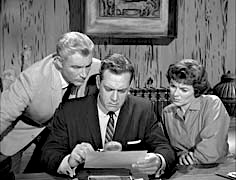
The main characters in the TV series, Raymond Burr (seated) as Perry, Barbara Hale as Della Street, and William Hopper as Paul Drake
In The Case of the Careless Kitten, published in 1942, young Helen Kendal, who lives with her wealthy aunt Matilda, is playing with Amber Eyes, her kitten, and remembering her Uncle Franklin Shore, “The Missing Banker,” who has been regarded for a dozen years as her Aunt Matilda’s “runaway husband…the man who had inexplicably thrown away success and wealth and power and family and lifelong friends, to lose himself, moneyless among strangers.” Uncle Franklin had once rescued Helen’s gray kitten from the roof, and she has always regarded him as the only father she has ever known. Helen is convinced that her uncle is dead, though her aunt Matilda is equally convinced that he is still alive. He has left Helen $20,000 in his will, a princely sum in that day, but her aunt will not have the will probated. Helen is in love with Jerry Templar, who has just returned from the army on a one-week leave, and she would like to marry him, but Aunt Matilda has made it clear that she will not countenance Helen’s marriage to a poor man like Jerry, when her own choice for Helen, George Alber, would be more appropriate. Then Helen receives a phone call from someone claiming to be uncle Franklin. He asks her to contact Perry Mason to come with her to a cheap hotel and ask for Henry Leech, who will take them to meet him. Before she can do anything, however, her kitten becomes suddenly ill – poisoned and near death.

Matthew Rhys, who, on Jan. 14, 2019, was announced as a new Perry Mason for a series to be produced by Robert Downey, Jr.
Life becomes much more complicated when Aunt Matilda is also hospitalized with suspected poisoning, and when Helen goes to the meeting place with Perry Mason, they discover a mysterious body in a car. Franklin Shore’s brother Gerald gets involved in the story, as he is also promised money in Franklin’s will, and the character list expands. A body-double enters the picture, and Helen and Jerry Templar are shot at. Ultimately, Perry Mason decides to “go rogue,” so convinced that he knows what he is doing that he is willing to challenge the police and Hamilton Burger, the district attorney, as they do their investigatory work. The turning point of the novel, like the TV series, takes place with a trial, in this case the trial of Perry’s secretary Della Street.
Readers familiar with TV series, starring Raymond Burr, which ran from 1957 – 1966, will be surprised at how different the Perry Mason in the TV series is from this Perry Mason in the novel. Less stuffy and more involved in the action, this Perry Mason offers great appeal to modern readers also looking for escape. Great fun.
Photos. The original cover from 1942 appears on https://owlcation.com/
The cover for the new edition by Otto Penzler/American Mystery Classics, published March 5, 2019, appears on all major new book sites.
The photo of Erle Stanley Gardner as judge on one of the TV programs or films or Perry Mason is from https://thepulp.net/
The main characters of the long-running TV show for Perry Mason includes Raymond Burr as Perry Mason (seated), Barbara Hale as Della Street, and William Hopper as Paul Drake. http://www.perrymasontvseries.com/
Matthew Rhys, announced on Jan. 14, 2019, as the new Perry Mason in a series to be filmed soon, will be working with Robert Downey, Jr. who will be Executive Producer. https://www.eldiario.es/
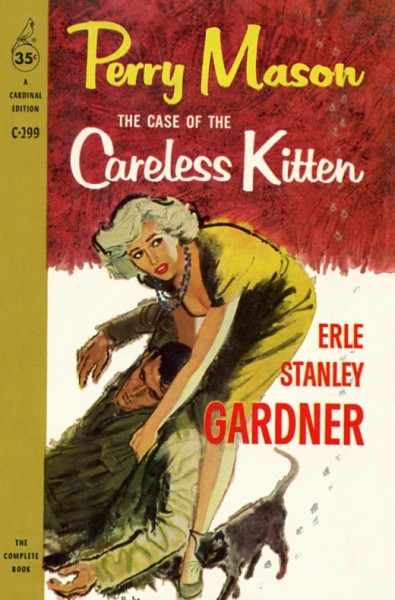
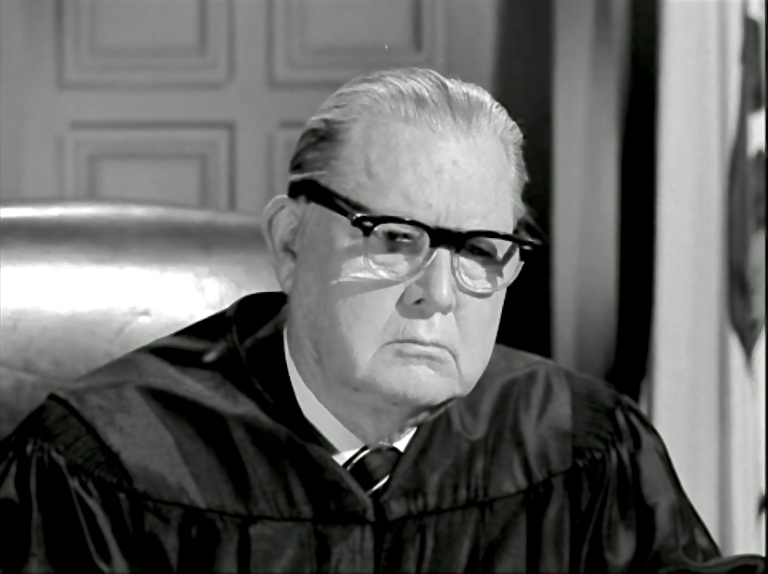
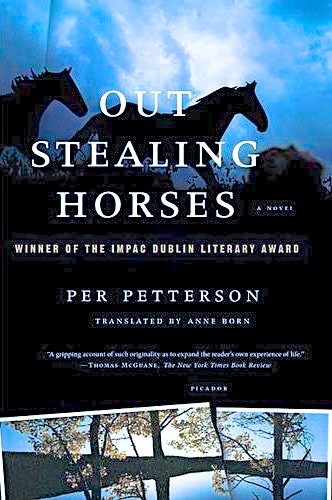



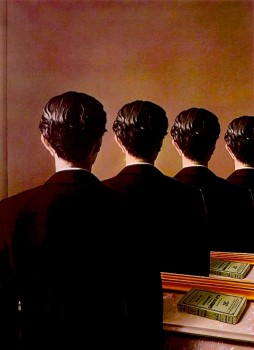
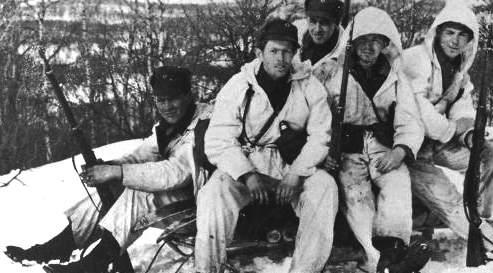


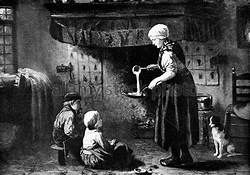

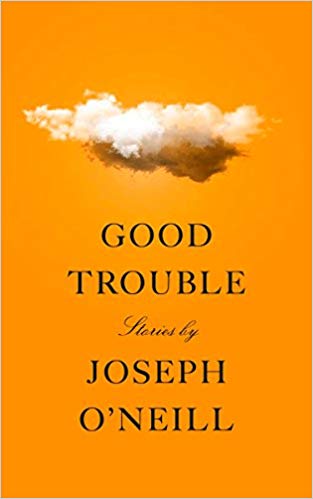




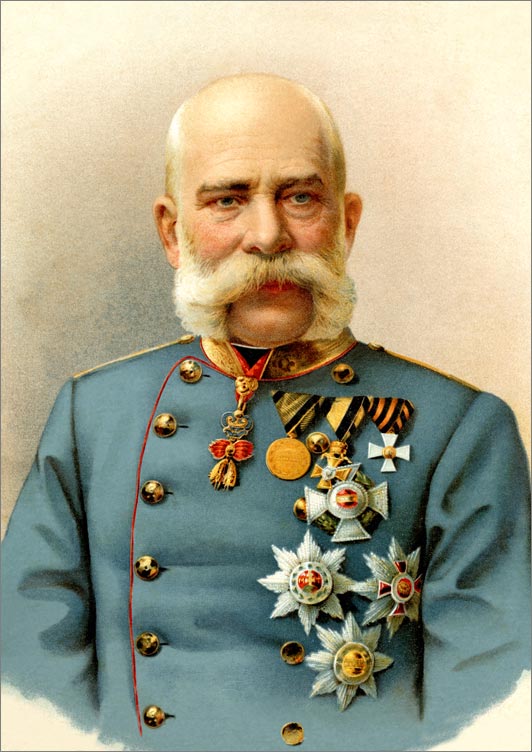
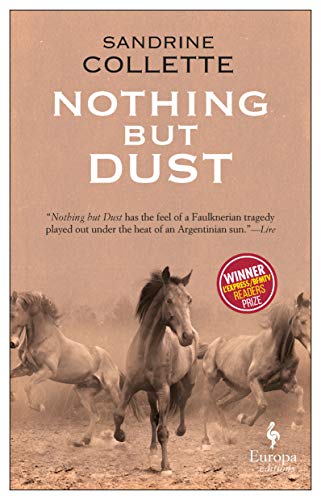 Set in Patagonia, in the southernmost part of Argentina and Chile, during an unspecified time period, this novel by French author Sandrine Collette shows life at the edges, as a dysfunctional family tries to stay alive through the herding of cattle and sheep on a remote ranch in the steppe. It is a difficult life made even more difficult by the poor decisions of the adult parents of four boys, each of whom must perform exhausting physical labor required by the parents to survive. Shortly after the novel begins, the father disappears, their mother saying that he “took off” without explanation. After that, the mother assumes the role of boss – and she is one of the most demanding bosses imaginable, performing the kitchen duties and managing the finances while assigning the hard work out on the steppe to her four sons. The novel’s main character, Rafael, is the youngest, at age twelve, when the main action begins, with brother Steban, referred to as a “halfwit,” four years older, and silent. The two oldest boys, twins, are eighteen, and they virtually run the show, their mother giving them free rein to manage their younger brothers regarding their duties and behavior. Mauro, the most muscular twin, is vicious, a true sadist, and, sometimes in combination with his twin Joachim, he bullies the two younger boys, often brutally – beating, punching, and deliberately hurting them with the tacit approval of their mother. The twins believe that young Rafael is to blame for their father’s disappearance.
Set in Patagonia, in the southernmost part of Argentina and Chile, during an unspecified time period, this novel by French author Sandrine Collette shows life at the edges, as a dysfunctional family tries to stay alive through the herding of cattle and sheep on a remote ranch in the steppe. It is a difficult life made even more difficult by the poor decisions of the adult parents of four boys, each of whom must perform exhausting physical labor required by the parents to survive. Shortly after the novel begins, the father disappears, their mother saying that he “took off” without explanation. After that, the mother assumes the role of boss – and she is one of the most demanding bosses imaginable, performing the kitchen duties and managing the finances while assigning the hard work out on the steppe to her four sons. The novel’s main character, Rafael, is the youngest, at age twelve, when the main action begins, with brother Steban, referred to as a “halfwit,” four years older, and silent. The two oldest boys, twins, are eighteen, and they virtually run the show, their mother giving them free rein to manage their younger brothers regarding their duties and behavior. Mauro, the most muscular twin, is vicious, a true sadist, and, sometimes in combination with his twin Joachim, he bullies the two younger boys, often brutally – beating, punching, and deliberately hurting them with the tacit approval of their mother. The twins believe that young Rafael is to blame for their father’s disappearance.